The Westin Josun Seoul (웨스틴 조선 서울)
6.3Km 2022-06-08
106, Sogong-ro, Jung-gu, Seoul
The Westin Josun Seoul is situated in the heart of the business and shopping center of Seoul, where the embassies, banks, and government offices are also located. In 1999 and 2003, the Westin Josun Seoul was selected as one of the world's top 100 hotels by international financial institutional investors, boasting newly renovated state-of-the-art facilities and rooms, and great service.
The hotel has a health center including a swimming pool, spa, and gym; a business center, conference rooms in various sizes, and restaurants. The Westin Josun Seoul also manages a banquet hall service with food catered from Gangnam's COEX food courts.
The hotel provides the finest business environment, offering a cutting-edge facility holding guestrooms with desktop PCs, high-speed internet connections, TV internet, fax machines, printers, copy machines, automatic climate control, mini bars, and a 24-hour room service to accommodate to guests' every need. The VIP rooms come furnished with 'Heavenly Beds' guaranteeing the best of comfort.
SUSHI CHO (스시조)
6.3Km 2021-03-29
106, Sogong-ro, Jung-gu, Seoul
+82-2-317-0373
This store was selected for the Michelin Guide Seoul 2021. This Japanese (cuisine) restaurant is located in Jung-gu, Seoul. The most famous menu is sushi.
Figure Museum W (피규어뮤지엄W)
6.3Km 2024-03-18
3, Seolleung-ro 158-gil, Gangnam-gu, Seoul
+82-2-512-8865
The Figure Museum W is a new concept museum that combines the appeal of figurines with Enter-Tour-Ment. It integrates some functions of theme parks to create a space for a new play culture and healthy hobbies. In Figure Museum W, visitors can meet special figurines, experience the appeal of figurines, and trace the history and the world of figurines.
Spyder - Apgujeong Branch [Tax Refund Shop] (스파이더 압구정)
6.3Km 2024-04-18
1F, 15, Seolleung-ro 157-gil, Gangnam-gu, Seoul
-
Namsan Octagonal Pavilion (남산 팔각정)
6.3Km 2021-06-19
105, Namsangongwon-gil, Yongsan-gu, Seoul
+82-2-3783-5900
Originally known as Unamjeong Pavilion, the pavilion was built in 1959 to commemorate Rhee Syngman. It was demolished by the 4.19 movement in 1960 and was rebuilt on November 11, 1968. This pavilion now sits atop Namsan Mountain, with views covering the entirety of Seoul below. As it is a prime spot to view the first sunrise of the year, the annual sunrise festival takes place every New Year's Day.
SI Sacai - Cheongdam Branch [Tax Refund Shop] (SI 사카이 청담)
6.3Km 2024-04-19
26, Apgujeong-ro 60-gil, Gangnam-gu, Seoul
-
Saebyeokjip Cheongdam (새벽집 청담)
6.3Km 2021-03-24
6, Dosan-daero, 101-gil, Gangnam-gu, Seoul
+82-2-546-5739
This house is open 24 hours. This Korean dishes restaurant is located in Gangnam-gu, Seoul. The representative menu is beef tartare bibimbap.
Jeongsikdang (정식당)
6.3Km 2021-03-24
11, Seolleung-ro, 158-gil, Gangnam-gu, Seoul
+82-2-517-4654
It’s a 2020 Michelin Guide restaurant. This Korean dishes restaurant is located in Gangnam-gu, Seoul. The representative menu is beef tenderloin steak.
Wonder Place - Suyu Branch [Tax Refund Shop] (원더플레이스 수유)
6.3Km 2024-04-22
308, Dobong-ro, Gangbuk-gu, Seoul
-
Gwanghwamun Gate (광화문)
6.3Km 2024-12-04
161 Sajik-ro, Jongno-gu, Seoul
+82-2-3700-3900
Built in 1395 under the reign of King Taejo, the first king of the Joseon dynasty, Gwanghwamun Gate is the southern gate of Gyeongbokgung Palace. It is also the main gate of the palace, therefore larger and fancier in comparison to the other gates. Gwanghwamun Gate consists of three arched gates; the center gate was used by the king, while the other two were used by the crown prince and royal officials. The tall granite walls of the gate serve as a platform for the wooden gate tower that watches over the city. The gate has a sign with its name written at the top center of the gate tower.
Gwanghwamun Gate went through several damages and restorations over the course of history. It was first severely damaged during the Imjin War (1592-1598) and was not restored until the reconstruction of Gyeongbokgung Palace in 1864. Under the Japanese administration, the gate was demolished and relocated to the north of the palace's eastern gate, followed by series of damages during the Korean War (1950-1953). In 1968, Gwanghwamun Gate was relocated back to the south of the palace and was rebuilt using concrete; however, the gate’s position was shifted a few meters away from its original location. In 2006, a major reconstruction project took place to restore Gwanghwamun Gate to its original state and location, disassembling the structure completely and replacing concrete with granite and wood. After three years and eight months of construction, Gwanghwamun Gate was fully restored to its original form and was open to the public on August 15, 2010.
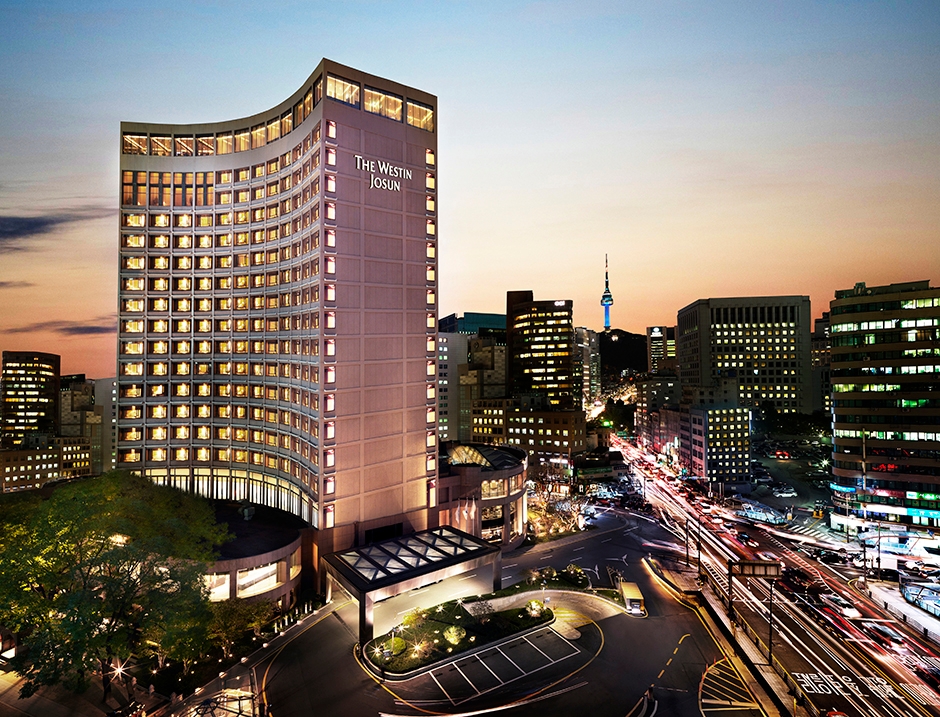
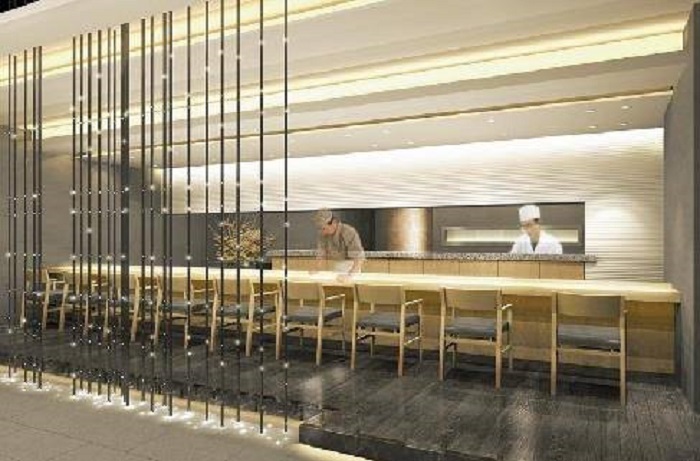
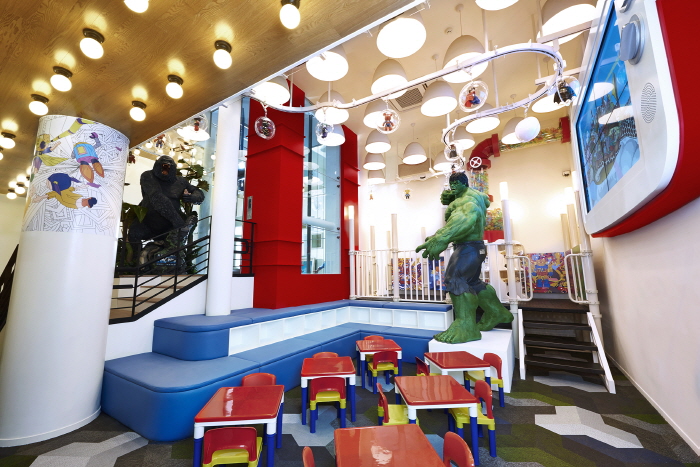
![Spyder - Apgujeong Branch [Tax Refund Shop] (스파이더 압구정)](http://tong.visitkorea.or.kr/cms/resource/38/2879538_image2_1.jpg)
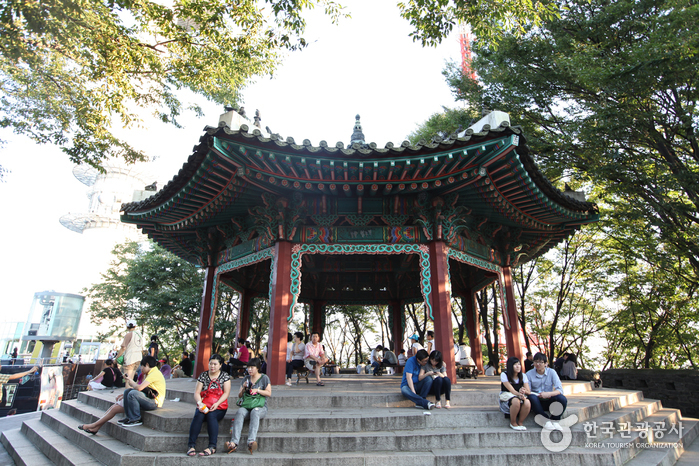

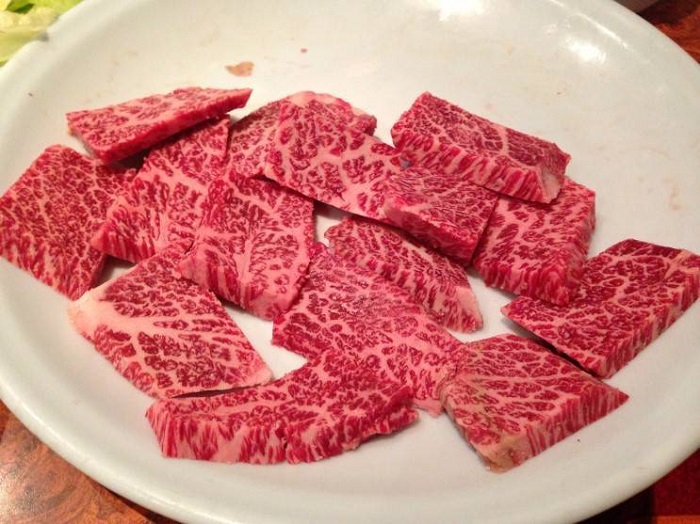
 English
English
 한국어
한국어 日本語
日本語 中文(简体)
中文(简体) Deutsch
Deutsch Français
Français Español
Español Русский
Русский